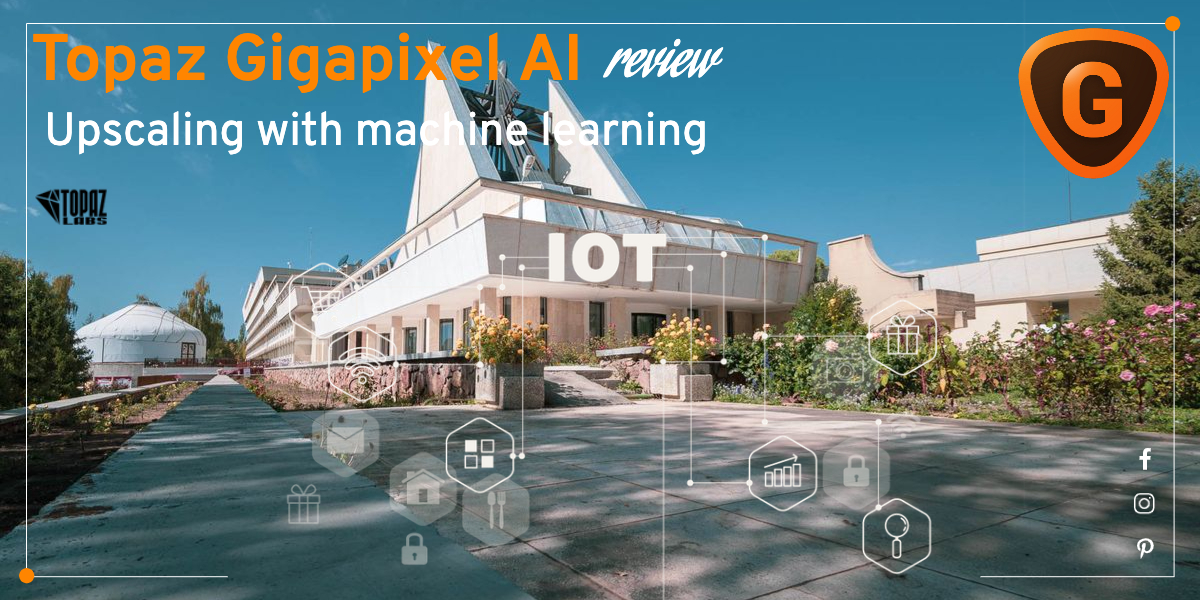
- TOPAZ GIGAPIXEL AI 4.1.2 MANUAL INSTALL
- TOPAZ GIGAPIXEL AI 4.1.2 MANUAL SOFTWARE
- TOPAZ GIGAPIXEL AI 4.1.2 MANUAL LICENSE
- TOPAZ GIGAPIXEL AI 4.1.2 MANUAL OFFLINE
TOPAZ GIGAPIXEL AI 4.1.2 MANUAL SOFTWARE
TOPAZ GIGAPIXEL AI 4.1.2 MANUAL INSTALL
We will use the built-in Safari browser on your Mac to download and install Google Chrome. Install the Google Chrome web browser on your Mac to access all the additional features Chrome adds to your machine.Mac download Includes: Chrome DMG or PKG file Test the beta version on a portion of your users. Choose this option to get the latest installer versions for Windows and Mac if you already have the latest Chrome Browser templates.When you see the message, You're all set, you can. If you're not sure which version is right for you, see Choose the 64-bit or 32-bit version of Office.
TOPAZ GIGAPIXEL AI 4.1.2 MANUAL OFFLINE
Select the Office folder from the virtual drive and then double-click either the Setup32.exe to install the 32-bit version of Office, or Setup64.exe to install the 64-bit version to begin the offline installation.
TOPAZ GIGAPIXEL AI 4.1.2 MANUAL LICENSE
Volume license versions: If you work in an organization that manages your.

The number of type Ia SN we find in the survey is similar to that expected from the cosmic SN rate, indicating a reasonably complete efficiency in recovering supernova like transients out to D L = 400 ± 200 Mpc. For long timescale parameterised lightcurves (with FWHM40d) we set upper limits of M i −17.2 −0.9 +1.4 if the distance to GW150914 is D L = 400 ± 200 Mpc. The Pan-STARRS1 images reach limiting magnitudes of i P1 = 19.2, 20.0 and 20.8 respectively for the three timescales. We quantify the upper limits by defining param-eterised lightcurves with timescales of 4, 20 and 40 days and use the sensitivity of the Pan-STARRS1 images to set limits on the luminosities of possible sources. We find one high energy type II supernova with an estimated explosion date consistent with that of GW150914, but no causal link can be inferred. All transients appear to be fairly normal supernovae and AGN variability and none is obviously linked with GW150914. Of these, 19 were spectroscopically classified and a further 13 have host galaxy redshifts. We discovered 56 astrophysical transients over a period of 41 days from the discovery of the source. We we mapped out 442 square degrees of the northern sky region of the initial map.
We have searched for an optical counterpart to the first gravitational wave source discovered by the LIGO experiment, GW150914, using a combination of the Pan-STARRS1 wide-field telescope and the PESSTO spectroscopic follow-up programme.


 0 kommentar(er)
0 kommentar(er)
